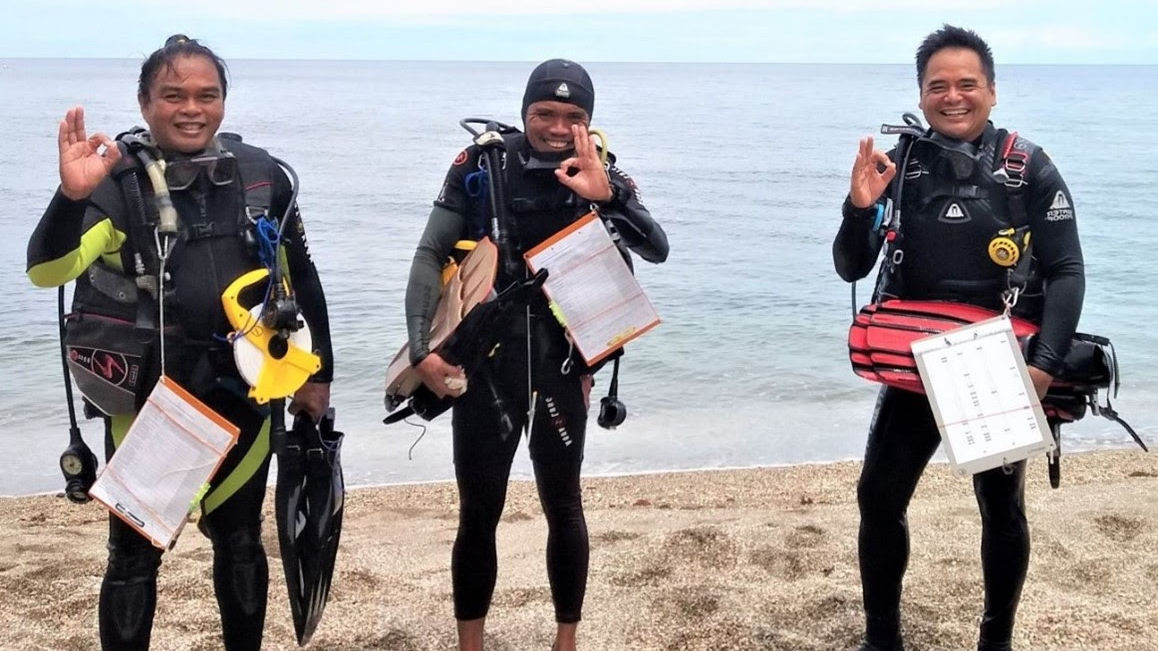In the Philippines, there are over 1,600 marine protected areas (MPAs), which are areas of the sea where fishing is not allowed in order to promote marine biodiversity and bring back fish populations, especially species that have been heavily fished and endangered species.
As most MPAs in the Philippines are community-managed, the care of these areas lies with local barangay leaders, volunteers, as well as the local government. Yet many of these community members are fisherfolk, not marine biologists — facing challenges such as managing, process, and interpret fish census data to effectively sustain monitoring programs.
USAID and its partners trained coastal resources and fisheries experts to use a simplified method of underwater fish visual census using a simple web-based app designed to help citizen scientists called MPA-FishMApp. pic.twitter.com/ZXiUk5lVQP
— USAID Philippines (@usaid_manila) June 19, 2021
“Local communities must find a way to monitor fish abundance indefinitely from year to year to know if their efforts to protect the MPA are working,” Dr. Rene Abesamis, marine biologist at the Silliman University Angelo King Center for Research and Environmental Management, explained. Abesamis is the project leader of MPA-FishMapp, a monitoring tool that allows citizens such as local fishery leaders to monitor fish populations and interpret fish census data.
MPA-FishMapp allows fishery leaders and community folk to easily conduct their own fish surveys through a web-based app that simplifies the data-taking process, and visualizes encoded data.

According to Abesamis, monitoring is usually done by conducting underwater fish visual censuses inside MPAs, which means volunteers have to swim underwater and count the different species of fish they see and estimate the body size of each individual fish.
Abesamis and his team learned from workshops with community members found spreadsheets too tedious to use in noting data, and frequently encountered misplaced data due to faulty storage systems. They also lacked the skills to visualize and analyze the data they collect from fish visual censuses.
Most significantly, however: the fisherfolk requested a simpler fish census-taking technique that fit their knowledge and skills, and was attuned to the local language.
Abesamis led a team of marine biologists from Silliman University and the University of the Philippines, along with informatics specialists from the University of San Agustin to create the monitoring app, a project that took 20 months to create.

The MPA-FishMapp streamlines the process between encoding and visualizing data, which would normally take hours. The app provides a simple interface where users can enter and store fish survey data on 21 species groups. MPA-FishMapp lets users monitor as many MPAs as they want within their jurisdiction, calculating the fish density and biomass using a built-in algorithm, which is crucial in determining whether the MPA is effectively recovering these fish populations. All the data is stored and backed up in a cloud, preventing any lost information.
MPA-FishMApp can be accessed through desktop and mobile devices.
Even with over 1,000 MPAs in the country, Abesamis and his team is hopeful that this new development can help communities sustain their own monitoring practices and fish surveys on their own.
“We hope that MPA-FishMApp can be a game-changer by paving the way for laypeople to contribute meaningfully to the science that can inform MPA management. Our goal for the next 12 months is to get as many early adopters as possible trained to use MPA-FishMApp. So far, representatives of communities that manage MPAs in almost 20 coastal towns around the country have enlisted in our training program,” Abesamis said.
The collaboration was supported by the Alumni Grant Scheme of the Australian Embassy in the Philippines.
READ: Photos of Manila Bay’s polluted mangroves show there’s more work that needs to be done





Reader Interactions